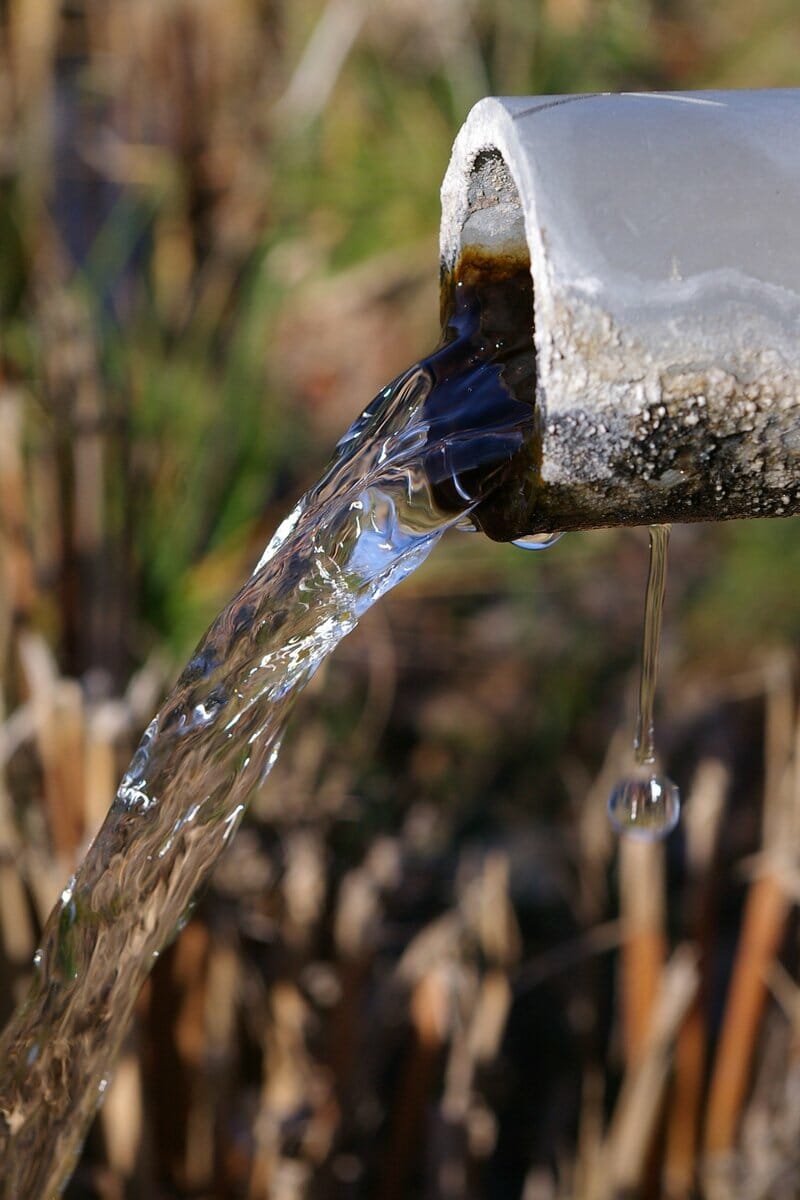A
sewer line backup is one of the worst nightmares a homeowner can face. When the sewer line backs up, it will allow sewage to flow back into the drains of your home. This means that sewage can spill out of your tubs, sinks, and toilets, causing damage to your walls, floors, carpeting, and electrics that could add up to thousands of dollars. The only effective way to prevent this type of disaster is to ensure that your drains are clear and clean. So, here is all you need to know about sewer line cleaning.
How Often is Sewer Line Cleaning Required?
Although many aspects of your plumbing system have a set schedule, such as having your water heater flushed, sewer line cleaning is a little different. The general rule of thumb is that cleaning should happen as it is needed. Newer homes with no prior problems of drain clogs are going to need sewer line cleaning far less frequently than an older home with established trees on the property. If you notice any signs that your sewer line is becoming clogged, it is a good idea to take prompt action and schedule cleaning rather than waiting on a certain schedule increment.
Warning Signs to Look For:
Fortunately, you don’t need to wait until your sewer line starts to back up before you call in the
professionals. There are a number of warning signs that are easy to spot and highlight that a problem is developing. These signs include:
Smells; if you notice there is a nasty odor near your drains, or you can smell sewage near any of your fixtures, you may have a blockage developing.
Noises; if your sewer line is in need of cleaning, you may hear gurgling or other noises coming out of the drains. This is usually a result of water flow being restricted, so keep your ears on alert.
Water Back Up; Finally, you may notice water backing up around drains or being slow to drain. This is a sure sign that you have a blockage. While it may not be severe enough to completely block the drain, blockages rarely correct themselves, so it will only get worse.
Exceptional Circumstances:
While being alert and following the as and when guidelines will be sufficient under most circumstances, there are some exceptions. The most common is if your home is older. When sewer lines are over forty years old, it is a good idea to have them inspected. While your line may be in good shape, you need to realize that the chances are that there are forty years of grease, food particles, hair, mineral deposits and other debris accumulated inside the line. So, even if there are no indications of a problem, it is worth scheduling an appointment for an inspection.
Another exception to the rule of thumb is if you have a high risk sewer line. If your sewer line has a track record of backing up, tree root infiltration, clogging or draining slowly, it should be considered high risk. This will mean that you will need more frequent cleaning to avoid future issues.
By Giovanni Longo President Flood Brothers Plumbing
Giovanni Longo is a 3rd generation master plumber who has been practicing his craft and trade in the greater Los Angeles area for well over a decade and a half. A plumbing and hydraulics-engineering innovator, Giovanni’s particular world-class expertise focuses on dealing with challenging sewer system designs as well as resolving complex commercial and residential draining issues. As a certified Flood Mitigation expert, he is also well versed in a wide variety of water damage and remediation solutions.





